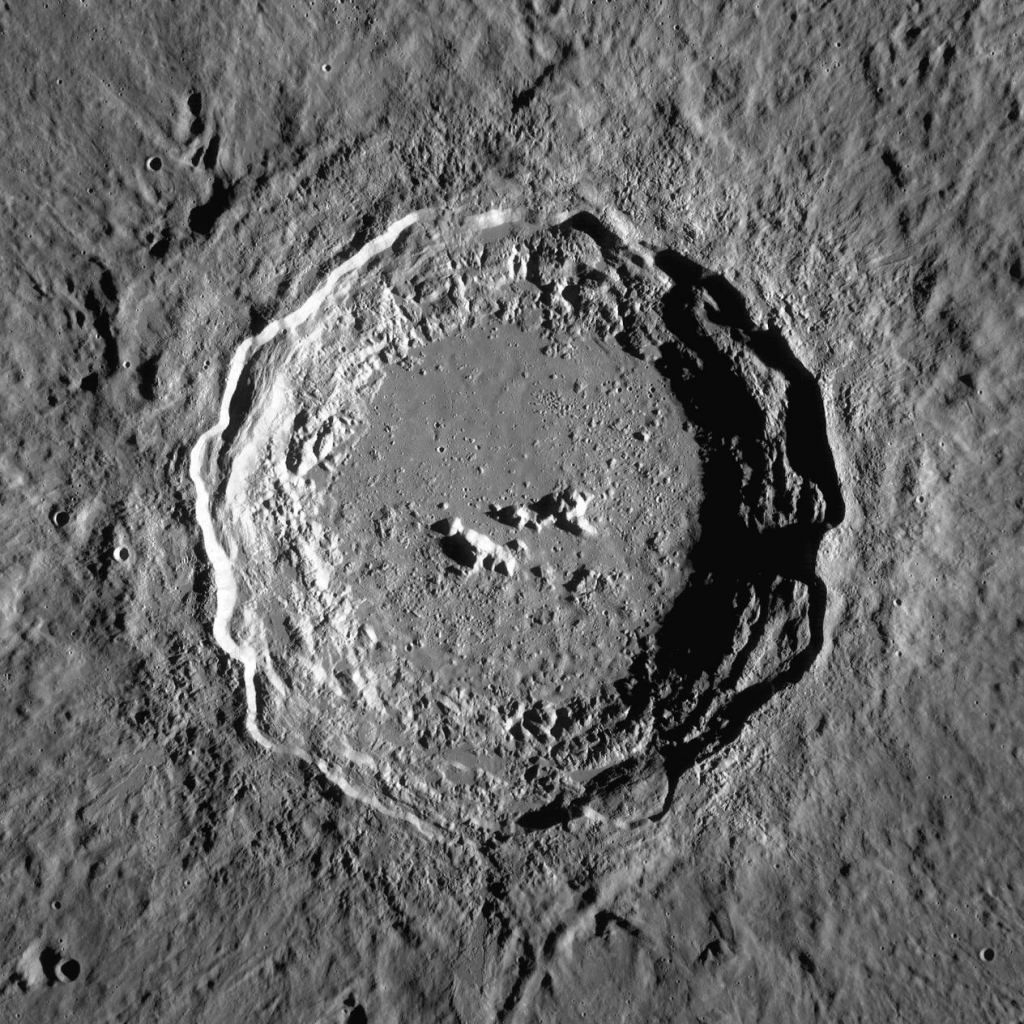In a recent study submitted to Earth and Planetary Astrophysics, a team of researchers from Yale University investigated how to identify impact craters that may have been created by Interstellar Objects (ISOs). This study is intriguing as the examination of ISOs has gained notable interest throughout the scientific community since the discoveries and subsequent research of ‘Oumuamua and Comet 2I/Borisov in 2017 and 2019, respectively. In their paper, the Yale researchers discussed how the volume of impact melt within fixed-diameter craters could be a possible pathway for recognizing ISO craters, as higher velocity impacts produce greater volumes of impact melt.
“`Oumuamua and Borisov were landmark discoveries,” said Samuel Cabot, a PhD Candidate in the Department of Astronomy at Yale University. “They have generated a considerable response in the astrophysics community. At present, there is no theory that adequately explains every aspect of `Oumuamua. The strongest arguments to date point to a completely new type of astronomical object, beyond the asteroids and comets we are familiar with. Comet Borisov was also peculiar since its makeup was different from virtually every comet in our own Solar System. The fact it was ejected from its original system relays some information about the earliest stages of planet formation.”
 Copernicus Crater on the Moon imaged by the Lunar Reconnaissance Orbiter. Impact melt is located within the smoother upper left quadrant of this 93 km (58 mi) wide, 3.8 km (2.4 mi) deep impact crater. (Credit: NASA)
Copernicus Crater on the Moon imaged by the Lunar Reconnaissance Orbiter. Impact melt is located within the smoother upper left quadrant of this 93 km (58 mi) wide, 3.8 km (2.4 mi) deep impact crater. (Credit: NASA)
For their study, the researchers conducted hydrodynamical simulations with projectiles of varying mass and impact velocities up to 100 km (62 miles) per second. The researchers chose a maximum velocity of 100 km (62 miles) per second since it is currently hypothesized that impacts within our solar system never reach equal to or greater than this velocity, thus these speeds are rarely used in scientific literature. While the paper discusses how searching for craters with impact melt volume to diameter ratios could be used to identify ISO craters, it concludes that locating ISO craters might soon be possible through in situ (original location) or sample return analyses from robotic and crewed missions. The study put specific focus on Moon impacts since the “distinctive feature of ISOs is their relatively high encounter velocity compared to asteroids and comets”, the paper states.
“The most promising telltales of an ISO impact involve chemically analyzing the material within and around the crater,” Cabot explains. “Artemis missions may be crucial here since they will offer some of the first opportunities to analyze soils and rocks from the Moon since the Apollo program. Right now, though, it is hard to point to a specific crater.”
Impact melt is exactly what its name implies, as it is the remnants of rocks that were instantly melted due to a high-velocity impact from an asteroid or comet. Bits of these melts can cool rapidly to form glass, while large volumes of impact melt can pool to form what’s known as crater-fill deposits, which over time hardens to form an entirely new rock.
Cabot references NASA’s upcoming Artemis missions, which aim to put the first humans on the Moon since Apollo 17 in 1972, while also landing the first woman and person of color on the lunar surface, as well. Six Apollo missions from 1969 to 1972 returned 382 kilograms (842 pounds) of lunar rocks, sand, dust, core samples, and pebbles from six different landing sites on the lunar surface. How many kilograms (pounds) of lunar material will the Artemis astronauts return to Earth, and will these samples be able to teach us more about ISOs? Only time will tell, and this is why we science!
As always, keep doing science & keep looking up!

